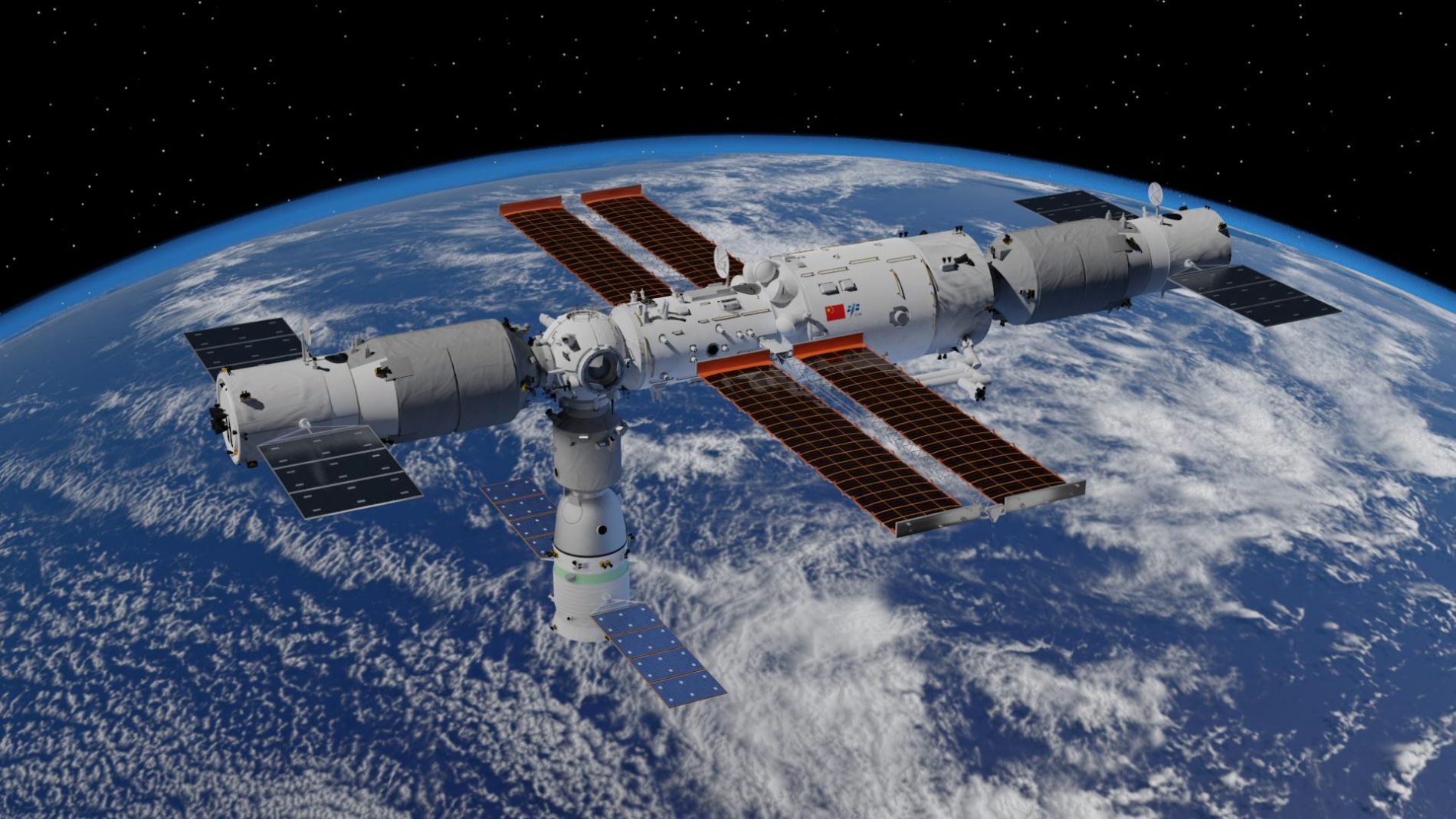With a loud noise, the Long March 2F Yao-13 carrier rocket carrying the Shenzhou 13 manned spacecraft lifted off from the Jiuquan Satellite Launch Center.
It is reported that after the Shenzhou 13 spacecraft is in orbit, it will use autonomous fast rendezvous and docking to send the three astronauts to the core module of the Tiangong space station for a space life of up to 6 months. The flight crew is composed of astronauts Zhai Zhigang, Wang Yaping, and Ye Guangfu, and Zhai Zhigang serves as the commander. Female astronaut Wang Yaping will enter the Chinese space station for the first time and become the first female astronaut to perform extravehicular activities in China.
The manned flight mission of Shenzhou 13 is the sixth flight mission of the key technology verification phase of the space station, and it is also the last flight mission of this phase. The main purposes are:
First, to carry out key technology experiments such as mechanical arm-assisted cabin section repositioning and manual remote control in space station assembly and construction.
Second, to perform 2-3 extravehicular activities, install the dual-arm combination adapter and suspension device of the large and small mechanical arms, and prepare for subsequent space station construction tasks.
Third, to further verify the health, life, and work protection technologies of astronauts during a 6-month stay in orbit.
Fourth, to carry out scientific and technological experiments and applications in the fields of space medicine, microgravity physics, and to conduct diverse science popularization and education activities.
Fifth, to comprehensively assess the functional performance of each system in executing space station tasks, as well as the matching between systems.
